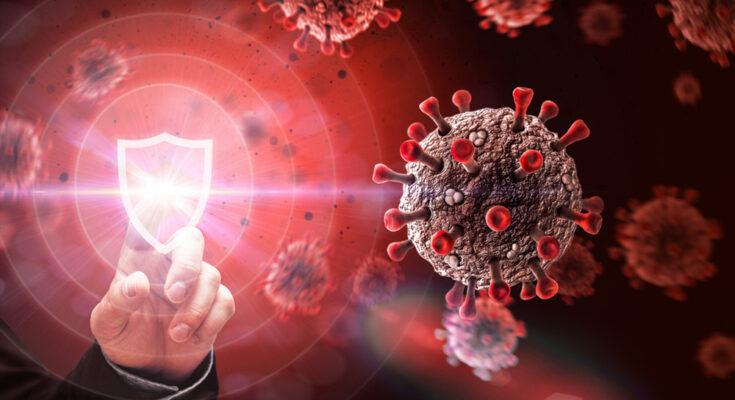As technology advances, the intersection of biology and cybersecurity has become a critical frontier in safeguarding both digital and biological domains. The emerging field of biological cybersecurity aims to address the increasing convergence of biological systems with digital technologies, presenting unique challenges and threats. This article explores the landscape of bio-cyber threats, their potential risks, and the innovative strategies employed to protect against these novel and complex security concerns.
What is Biological Cybersecurity?
Biological Cybersecurity or Cyberbiosecurity involves protecting biological information, systems, and technologies from cyber threats, emphasizing the need for a holistic understanding of security in the context of biotechnology, healthcare, and other related domains. This field acknowledges the potential vulnerabilities introduced by the intersection of biology and cybersecurity, ranging from the security of genomic data to the protection of interconnected medical devices.
The Convergence of Biology and Cybersecurity
Biological systems are now interconnected with digital networks, presenting a new attack surface for cyber threats. This convergence is evident in various domains, including healthcare, biotechnology, and even everyday life with the proliferation of wearable health devices and implantable technologies. Integrating biological data into digital platforms brings forth a range of potential vulnerabilities that cyber adversaries can exploit.
Bio-Cyber Threats and Risks
- Medical Device Vulnerabilities: The increasing reliance on connected medical devices and wearable technologies introduces potential risks, including unauthorized access to patient data and the manipulation of device functionalities.
- Genomic Data Breaches: With the rise of genomic medicine, the security of vast databases containing sensitive genetic information becomes crucial. Unauthorized access to genomic data can lead to privacy breaches and identity theft.
- Biopharmaceutical Industry Attacks: The biopharmaceutical sector is a prime target for cyber espionage. Intellectual property theft, manipulation of research data, and disruption of manufacturing processes are significant concerns.
- Implantable Device Security: Implantable medical devices, such as pacemakers and neurostimulators, raise concerns about potential cyber-attacks that could compromise patient safety.
Strategies for Protecting Against Bio-Cyber Threats
- Encryption of Biological Data: Implementing robust encryption methods for biological data, especially in healthcare and genomics, helps protect sensitive information from unauthorized access.
- Biometric Authentication: Enhancing security through biometric authentication methods, such as fingerprint or DNA-based access controls, adds an extra layer of protection to digital systems with biological interfaces.
- Regulatory Frameworks and Standards: Establishing and enforcing regulatory frameworks and cybersecurity standards specific to biological data and systems can help ensure a baseline of security measures across industries.
- Security-by-Design Principles: Integrating security measures at the design phase of biological systems and devices ensures that cybersecurity is considered from the outset, minimizing vulnerabilities.
- Continuous Monitoring and Threat Intelligence: Implementing real-time monitoring and threat intelligence solutions allows for the early detection of unusual activities or potential bio-cyber threats.
Challenges and Ethical Considerations
- Privacy Concerns: The protection of sensitive biological data raises significant privacy concerns. Striking a balance between security and privacy is essential to maintain public trust.
- Rapid Advancements in Biotechnology: The rapid pace of biotechnological advancements introduces new challenges in keeping security measures up to date and adaptive to emerging threats.
- Interdisciplinary Collaboration: Effectively addressing bio-cyber threats requires collaboration between cybersecurity experts, biologists, ethicists, and policymakers, necessitating a multidisciplinary approach.
Conclusion
Biological cybersecurity represents a frontier where the digital and biological worlds converge, presenting unprecedented challenges and opportunities. As we navigate this complex landscape, it is imperative to develop robust security measures, ethical frameworks, and collaborative efforts to protect against bio-cyber threats. By doing so, we can harness the benefits of technological advancements while ensuring biological systems’ safety, privacy, and integrity in the digital age.




